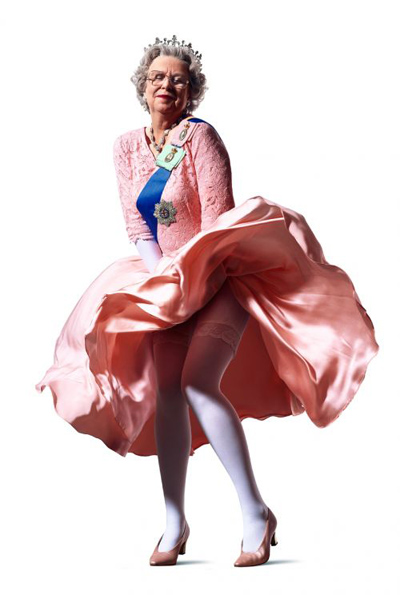танё
Никто случаем в период с 2 июля по 23 июля не собрался в Уортинг?
 Я уверена нам будет о чем пообщаться и поделиться информацией о своем опыте пребывания там на форуме: http://ukinfo.ru/forum/
Я уверена нам будет о чем пообщаться и поделиться информацией о своем опыте пребывания там на форуме: http://ukinfo.ru/forum/ 
